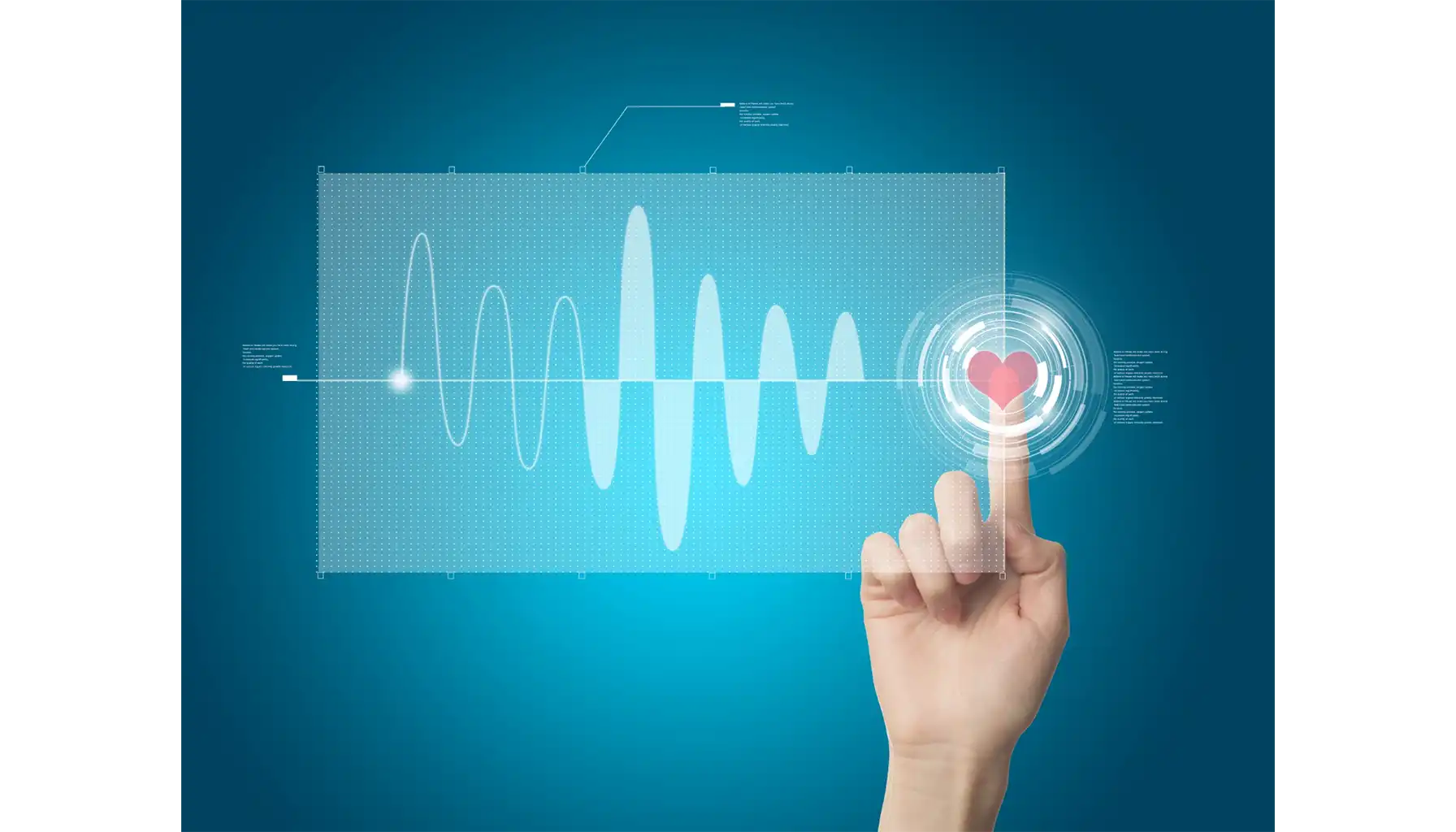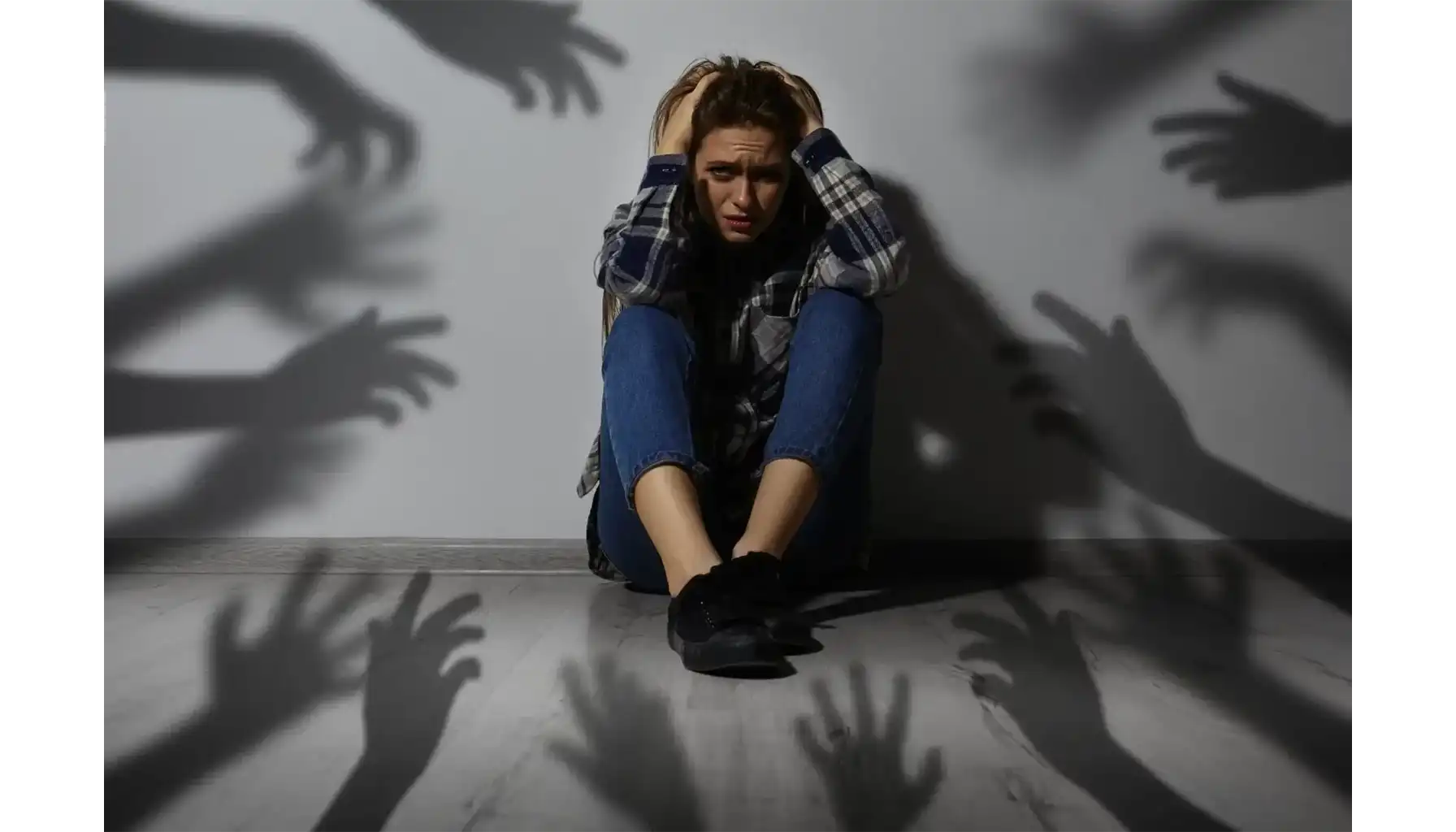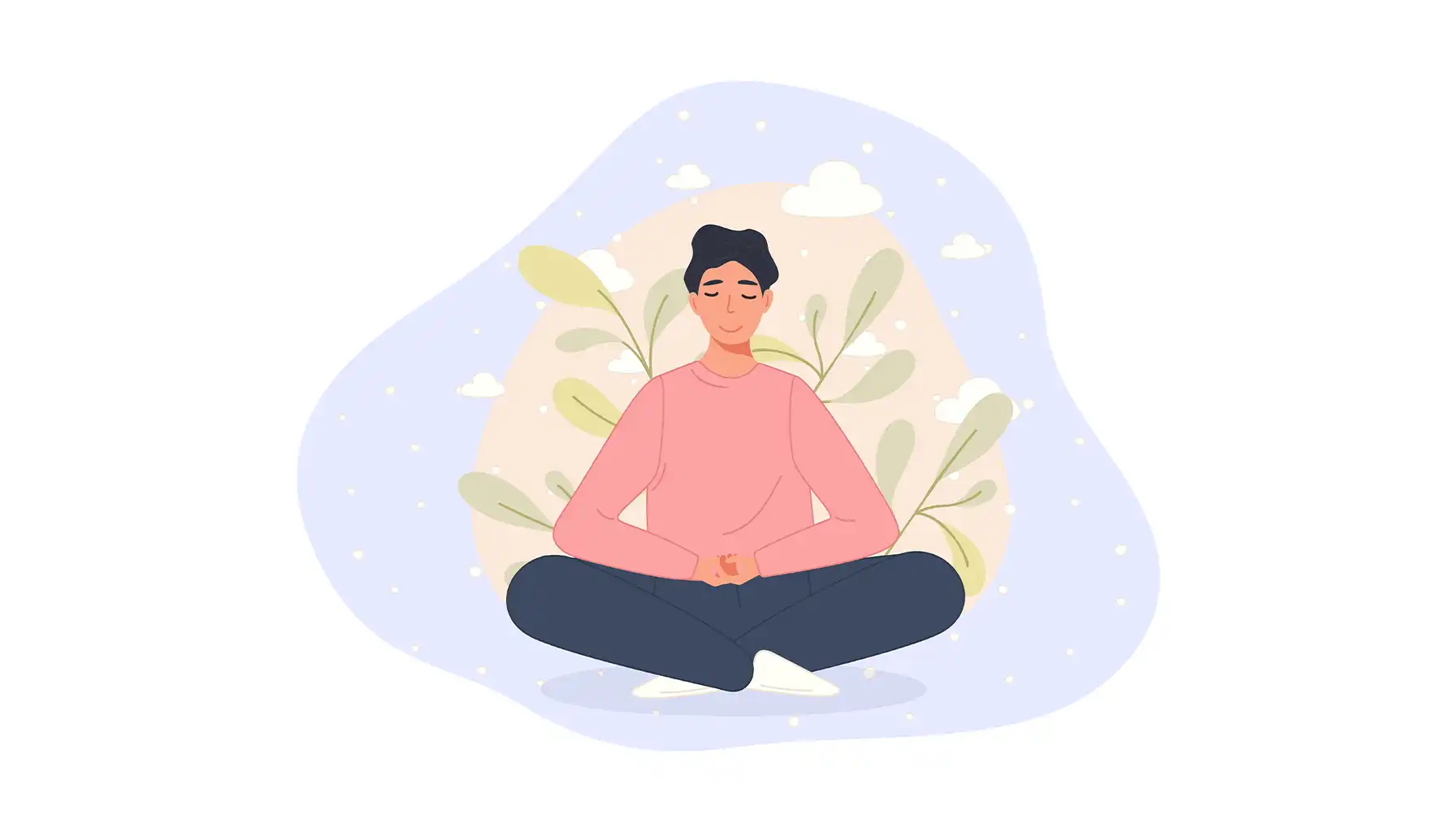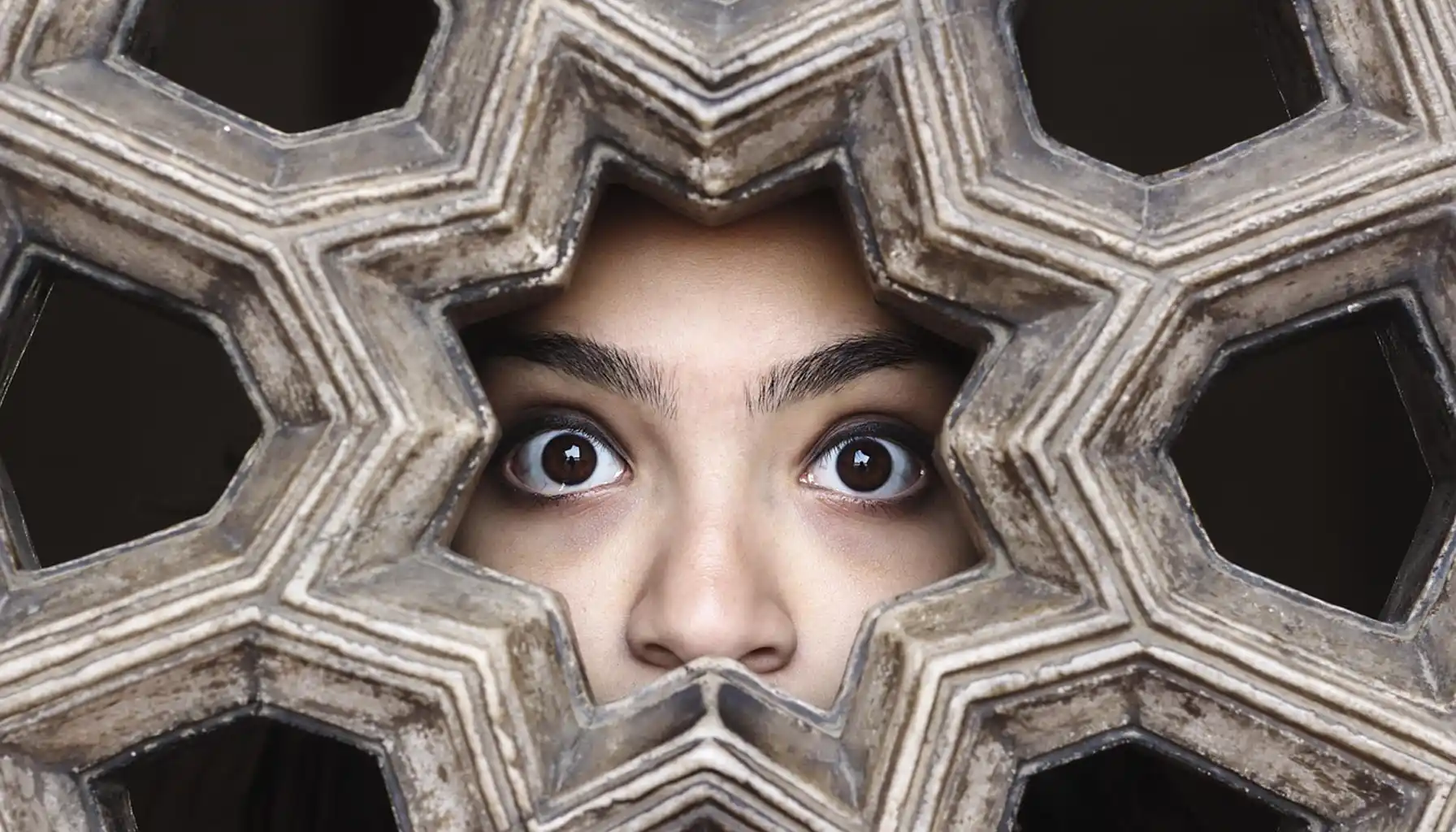What Is Melanophobia: Meaning, Definition, and Causes of the Fear of Black

Colors play an important role in our lives: influence our moods, shape our perceptions, and even impact our behavior.
While most of us find comfort and beauty in the world around us, some individuals experience intense fear and anxiety in the presence of certain colors. For some, improving mental agility and focus can be achieved through engaging activities such as free mind games.
This article is about: Melanophobia meaning, its impact on one's life.
What Is It?

It is the specific fear of the color black. The term itself is derived from the Greek words "melas" (meaning black) and "phobos" (meaning fear).
This phobia can manifest in various ways, from a general sense of unease to outright panic and avoidance of anything black. The roots of the term, and similar phobias, can be traced to ancient Greece, a time when understanding the intricacies of the human psyche was just beginning to emerge.
A phobia is more than just a passing dislike or feeling of unease. It is a persistent, excessive, and unrealistic fear of a specific object, situation, or activity. This fear leads to significant distress or impairment in a person’s life.
Unlike everyday fears, phobias are often irrational and out of proportion to the actual danger posed by the feared object or situation.
Melanophobia Is the Irrational Fear of What
It seems to many to be a neutral color: black. However, due to cultural associations and personal experiences, the color black can be linked to feelings of anxiety, dread, or danger for those who have this phobia.
The perception of black can trigger feelings of darkness, emptiness, or the unknown, leading to intense emotional and physical reactions.
Black, in certain contexts, can evoke negative connotations. Think of the symbolism of mourning, darkness, and the unknown. These associations can amplify feelings of fear and anxiety.
Common phobias, such as Agoraphobia (fear of open spaces) or acrophobia (fear of heights), are well-documented. All phobias, including Melanophobia, can drastically affect a person's life, influencing their ability to perform daily tasks, manage relationships, and maintain overall mental wellbeing.
Causes and Symptoms
Genetic and Psychological Factors | While the exact role of genetics is still being researched, there may be a predisposition to developing phobias. |
Environmental and Personal Experiences | A negative experience associated with the color black can be a significant trigger. |
Cultural Influences and Traditions | Different cultures often associate colors with specific meanings. |
Certain personality traits, such as a tendency towards anxiety or neuroticism, can also increase the likelihood.
For example, witnessing a traumatic event that took place in a dark environment, or being exposed to negative stories involving black objects.
In many Western cultures, black is associated with death and mourning. This cultural understanding can affect how people perceive and react to the color.

Symptoms
The symptoms, like other specific phobias, can range from mild discomfort to overwhelming panic. The severity of symptoms often depends on the individual and the intensity of their exposure to the color black.
Physical Symptoms | These can include increased heart rate, sweating, trembling, shortness of breath, dizziness, nausea, or a feeling of suffocation. |
Psychological Symptoms | These may involve intense feelings of fear, anxiety, panic, a sense of losing control, or the feeling of impending doom. |
These symptoms can arise in many situations, such as when viewing black objects, being in dark environments, or even simply thinking about the color black.
The body may react in noticeable ways. The heart could beat faster, like it’s trying to escape. You might find yourself sweating even if it's not hot, or your hands might shake uncontrollably.
Breathing can become difficult, making you feel like you’re not getting enough air. Some may experience lightheadedness, a spinning sensation, or stomach upset.
Emotionally, it can be an overwhelming experience. You might feel an extreme sense of fear, as if you're in immediate danger, even when you're not. A wave of anxiety might wash over you, leaving you feeling restless and uneasy.
Some people describe feeling like they're losing their grip on reality, or as if something terrible is about to happen, even if there’s no clear reason for the feeling.
The Impact on Daily Life
The influence of Melanophobia can reach all aspects of a person's daily routine and social interactions.
Restrictions on Daily Activities | Individuals with Melanophobia might avoid wearing black clothing, decorating their homes with black accents, or visiting locations where black is prevalent. |
Social Difficulties | This option, like types of social phobias can lead to avoiding social gatherings, movies, or events, especially those with darker themes or settings. It can also affect their relationship with others. |
Impact on Self-Esteem and Quality of Life | The constant need to avoid black can affect a person’s self-esteem. It can lead to feelings of isolation, a sense of being different, and overall decreased enjoyment of life. |
For example, someone might feel uncomfortable wearing certain colors, decorating their home in a particular way, or going to specific places that remind them of it. This can limit their freedom and create challenges in everyday situations.
Social events can become a source of anxiety when the source of the specific fear is present or anticipated.
This might lead someone to decline invitations, avoid certain types of entertainment, or struggle to connect with others who don't share their specific avoidance, making it hard to build and maintain relationships.
Constantly trying to navigate a world where the specific fear is a factor can take a toll. It might lead to feeling different, isolated, or like you're missing out on experiences that others take for granted.

How to Treat Melanophobia
Psychotherapy
Cognitive-Behavioral Therapy (CBT) is a commonly used therapy. This focuses on identifying and changing the negative thought patterns and behaviors associated with the fear. Exposure therapy is a type of CBT where individuals are gradually exposed to the feared object or situation in a safe and controlled environment.
Medication
In some cases, medication such as antidepressants or anti-anxiety drugs, may be prescribed to help manage symptoms. This is often used in conjunction with therapy.
Practical Tips
Practice relaxation techniques like deep breathing exercises, mindfulness, and meditation to help manage anxiety.
For those looking for engaging ways to improve focus and mental acuity, consider incorporating the Mind Elevate app into your routine. It offers a variety of mini-games designed to boost cognitive skills, which can be a helpful adjunct to other therapeutic approaches.
Support from Others
Having a supportive network of friends and family can make a big difference. Sharing your feelings and experiences with loved ones can help you feel less isolated and alone.





